
Summer is finally upon us and it’s time to start planning your reading list for sunny days sitting on the beach. Several noteworthy UX books came out this year covering a wide range of topics within user research, design, and strategy. We’ve reviewed five books that are both enjoyable to read and will help to expand your UX knowledge.
Conversations with Things: UX Design for Chat and Voice
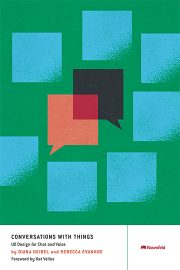
Welcome to the future, where you can talk with the digital things around you: voice assistants, chatbots, and more. But these interactions can be unhelpful and frustrating—sometimes even offensive or biased. The book, Conversations With Things: UX Design for Chat and Voice is “a love letter for conversation designers, new and established”. UX Booth writer Meredith Meller had a chat with the authors of Conversations With Things: UX Design for Chat and Voice to hear their latest thoughts on the state of conversational technology.
Deibel and Evanhoe believe that the future for conversational technology is bright, “people are starting to look at the experience side of things, not just speech recognition” says Deibel. I think you will find this is no easy task and I give these two pioneers a lot of credit for putting this book together. There are many layers to designing something to talk like a person, make it trustworthy, avoid biases, be inclusive and accessible, decide what personality it should have, think about what could go wrong, then deliver a product that gets all of those things right.
UX Strategy (2nd Edition): Product Strategy Techniques for Devising Innovative Digital Solutions
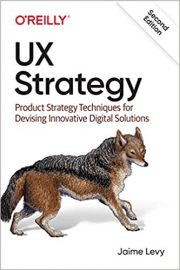
User experience strategy lies at the intersection of design and business, but there hasn’t been an easy-to-apply framework for executing it until now. This hands-on guide introduces lightweight product strategy tools and techniques to help you and your team devise innovative digital solutions that people want.
In the book UX Strategy, author Jaime Levy shows UX designers, product managers, entrepreneurs, and aspiring strategists simple to advanced methods that can be applied right away. You’ll gain valuable perspective through business cases and historical context. This second edition includes new real-world examples, updated techniques, and a chapter on conducting qualitative online user research.
Surveys That Work: A Practical Guide for Designing Better Surveys
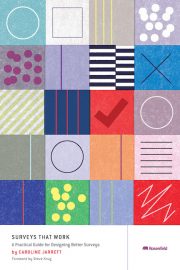
Surveys That Work (coming in July 2021) explains a seven-step process for designing, running, and reporting on a survey that gets accurate results. In a no-nonsense style with plenty of examples about real-world compromises, the book focuses on reducing the errors that make up Total Survey Error—a key concept in survey methodology. If you are conducting a survey, this book is a must-have.
Caroline Jarrett is the forms guru, advising organizations on how to make forms easier to fill in and how to improve websites and business processes that include forms.
Her research on topics like “How do people answer questions?” led her to explore the literature on survey methodology, the concept of Total Survey Error, and advising her clients on how to improve their surveys, as well as their forms.
97 Things Every UX Practitioner Should Know
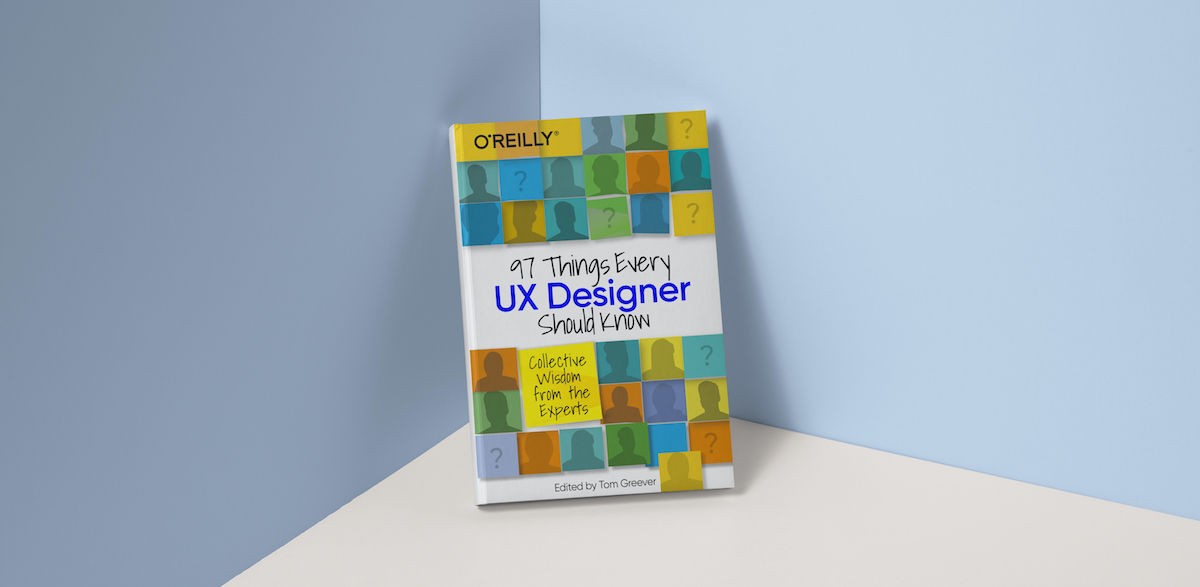
Tap into the wisdom of experts to learn what every UX practitioner needs to know. With 97 short and extremely useful tips, you’ll discover new approaches to old problems, pick up road-tested best practices, and hone your skills through sound advice.
Working in UX involves much more than just creating user interfaces. UX teams struggle with understanding what’s important, which practices they should know deeply, or what approaches aren’t helpful at all. With these 97 concise tips, editor Daniel Berlin presents a wealth of advice and knowledge from experts who have practiced UX throughout their careers. Seven examples of the broad 97 topics covered in the book include:
- “Bring Themes, Not Interview Questions to Exploratory Research” by Shanti Kanhai
- “Design for Content First” by Marli Mesibov
- “Design for Universal Usability” by Ann Chadwick-Dias
- “Be Wrong on Purpose” by Skyler Taylor
- “A Diverse Participant Recruit Is Critical to Authentic User Research” by Megan Campos
- “Put On Your InfoSec Hat to Improve Your Designs” by Julie Meriden
- “Boost Your Emotional Intelligence to Move from Good UX to Great” by Priyama Barua
Research Practice: Perspectives from UX Researchers in a Changing Field
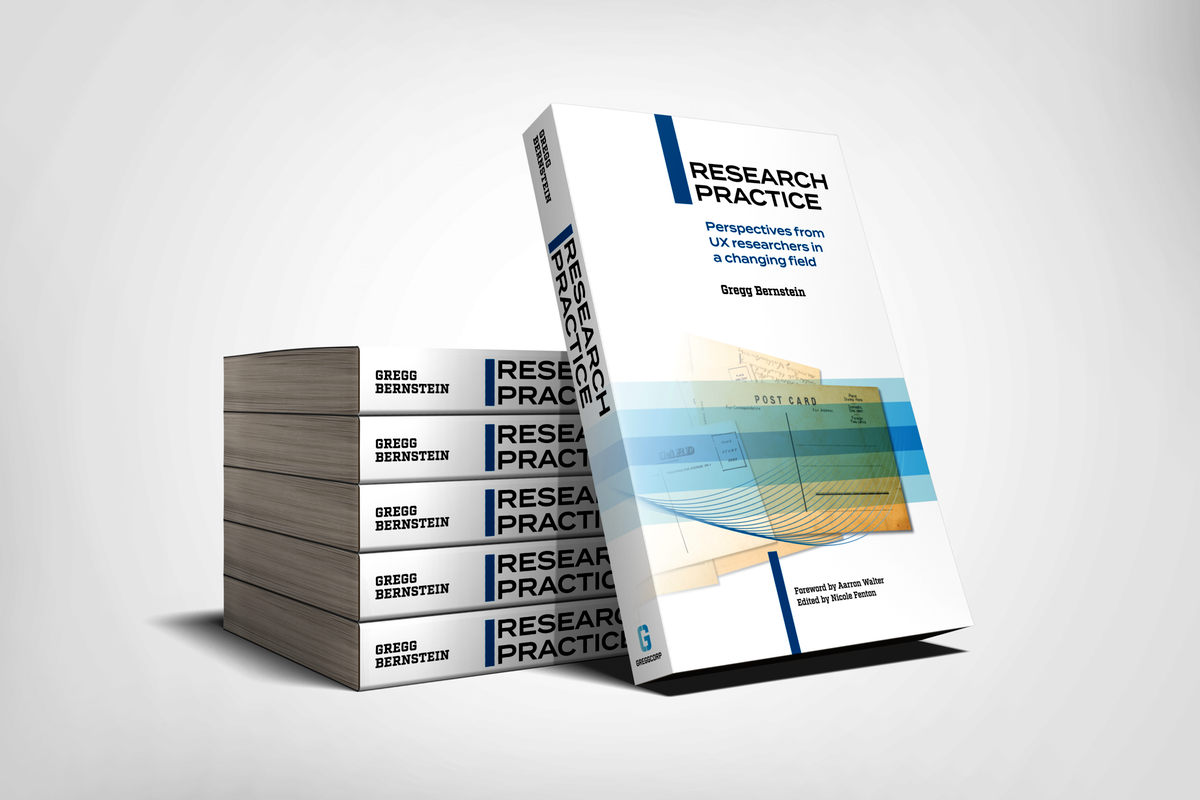
This book is not an argument for doing user research. Nor is it a tutorial or toolkit for common methodologies. It’s not a book about how to do research or why it’s important (there are plenty of those already). For example, it won’t teach you how to run a usability session or recruit users remotely.
Research Practice captures the day-to-day of the practice itself—what it looks like to work with peers and stakeholders, to raise awareness of research, to make tradeoffs, and to build a larger team.
Research Practice takes you inside the field of applied user research through the stories and experiences of the people doing the work.
It’s about the experience of being a researcher, covering several key themes:
- paths into UX research
- interviewing and hiring
- starting a new role
- working with teams and stakeholders
- raising awareness of research
- sharing work and making an impact
- building research teams
- career challenges
- leadership
- ethics
If you’re in school or considering a career switch, you’ll know what a job in user research might look like. If you’re new to the field, you’ll see where your career might go and know how to get there. If you’re expanding the size or reach of a practice, you’ll understand how others have approached it.